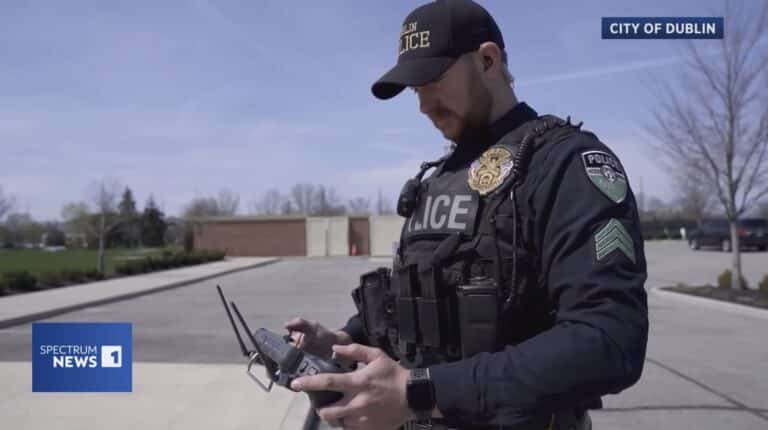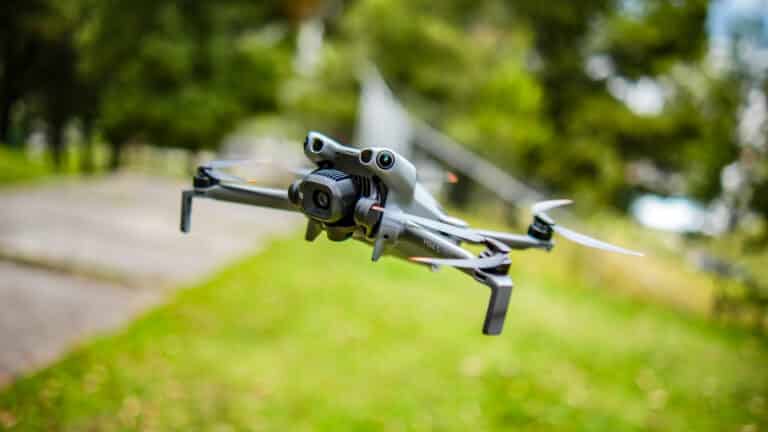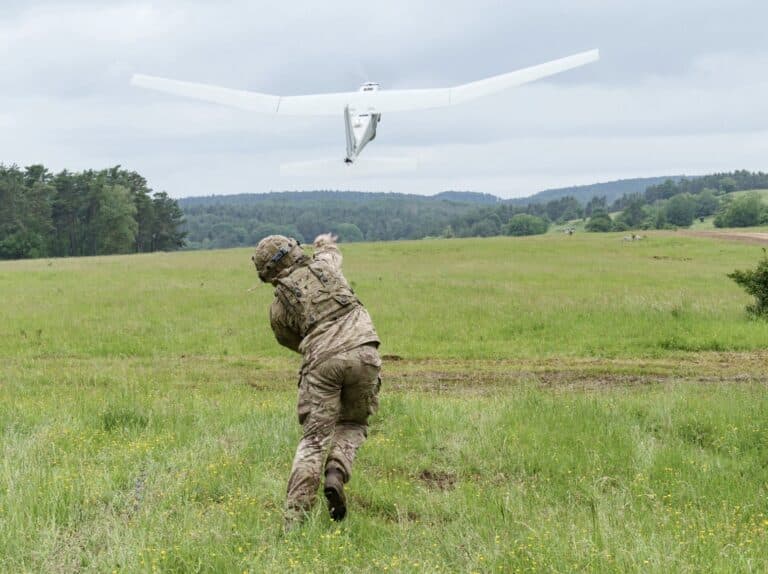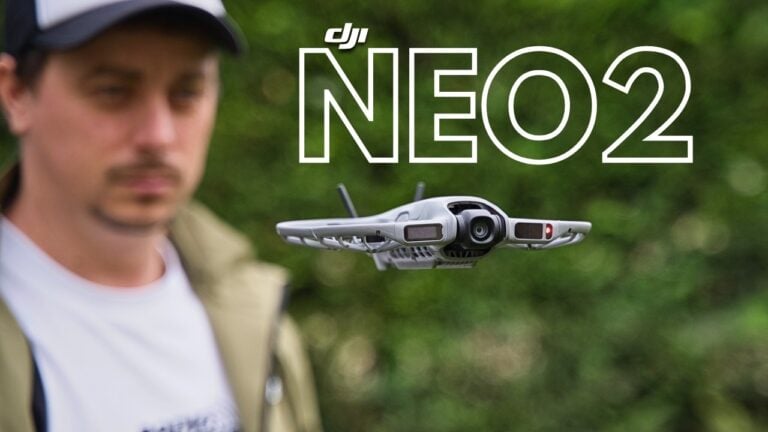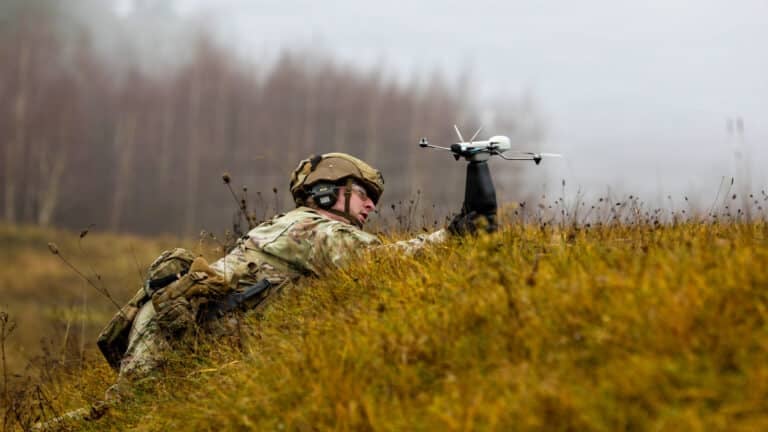Pilot Institute Challenges FAA’s Proposed BVLOS Rules, Warns of “Undue Burden” on Small Operators
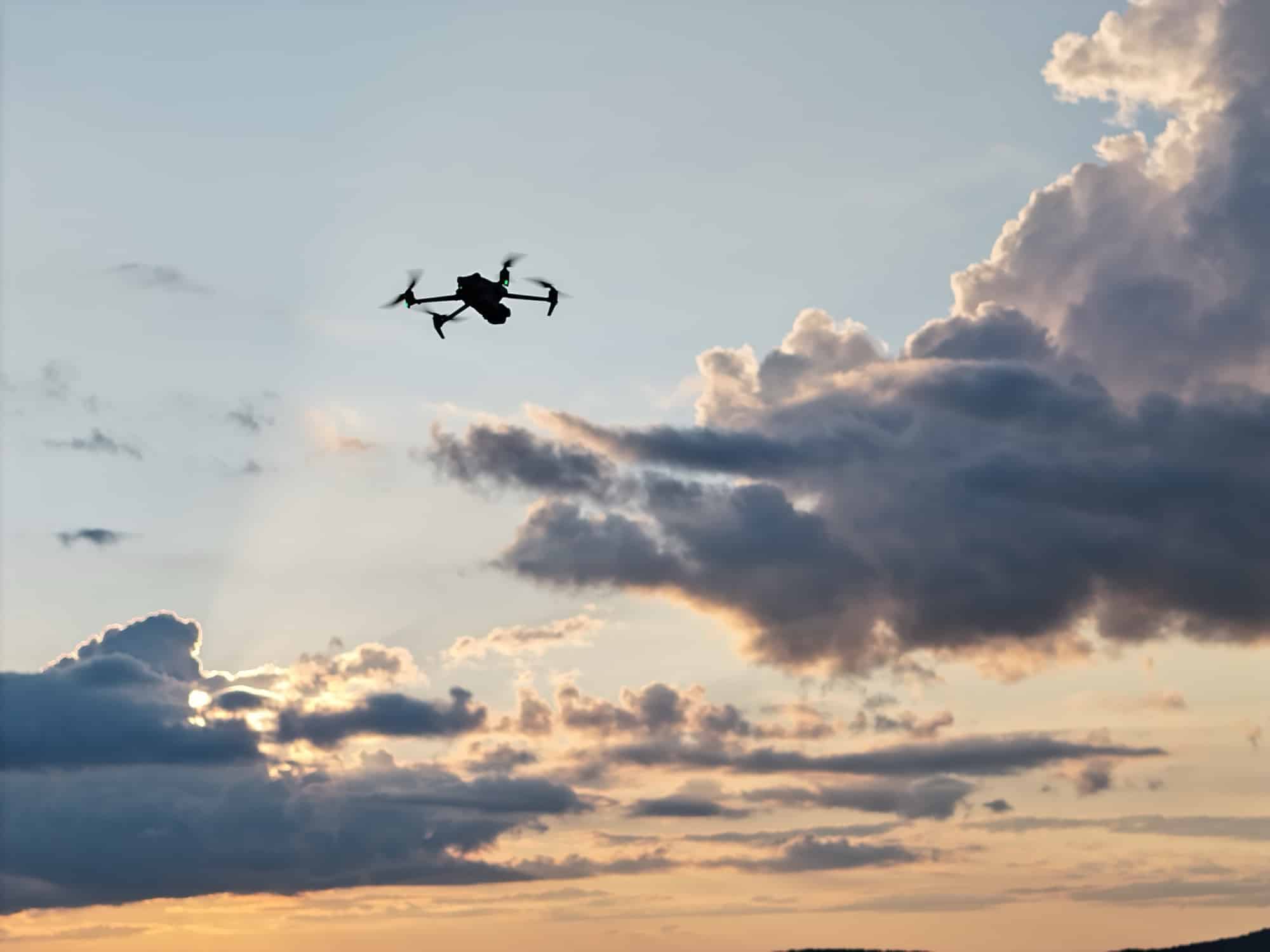
Amazon Drone Deals: DJI Mini 5 Pro Fly More Combo with DJI RC2 now for $1,099!
Pilot Institute has submitted a comprehensive 28-page comment to the Federal Aviation Administration challenging key provisions of the proposed Part 108 regulations for beyond visual line of sight drone operations, warning that the rules could eliminate pathways for thousands of current operators while favoring large, well-funded companies over smaller businesses.
The FAA‘s Notice of Proposed Rulemaking for Part 108, which seeks to establish routine BVLOS operations in the United States, faces sharp criticism from the aviation education provider that has trained hundreds of thousands of remote pilots. While Pilot Institute thanked the FAA for advancing BVLOS integration, the organization raised serious concerns about registration requirements, right-of-way rules, reporting burdens, and the complete elimination of non-autonomous BVLOS operations under Part 107.
Registration System Faces Capacity Crisis
Pilot Institute highlighted a critical flaw in the proposed requirement for Part 108 aircraft to register under Part 47’s N-Number system rather than the existing Part 48 drone registration framework. According to the organization’s analysis of FAA data, only 406,000 N-numbers remain available after accounting for existing registrations, reserved numbers, and FAA holds.
With 433,407 commercial drones already registered under Part 48 as of July 2025, plus 377,484 recreational registrations, the available N-number inventory appears insufficient for future growth. “This allocation leaves only 406,000 N-numbers available for Part 108 aircraft and likely for Advanced Air Mobility aircraft in the future,” Pilot Institute stated in its comment.
The organization also warned that Part 47 registration would trigger state aircraft taxes in jurisdictions like Arizona, which imposes license taxes ranging from 0.1% to 0.5% of fair market value, creating “an unwarranted financial burden for numerous operators nationwide.”
Controversial Right-of-Way Rules Draw Fire
Pilot Institute strongly opposed the FAA’s proposed right-of-way rules that would require manned aircraft to yield to drones in certain circumstances, calling the framework inadequate and potentially dangerous.
“Manned aircraft pilots are not adequately equipped to avoid unmanned aircraft operating at low altitudes,” the organization argued. “Drones, similar to large birds, are difficult to detect from inside the flight deck of a manned aircraft, particularly given that many drones can hover for extended periods.”
The comment noted that balloons, gliders, paragliders, and skydivers lack the maneuverability to avoid a 110-pound aircraft traveling up to 100 mph, and questioned how government and public safety aircraft that don’t broadcast ADS-B for security reasons would interact with the proposed rules.
Pilot Institute recommended that all unmanned aircraft continue to yield right-of-way to all manned aircraft, with detect-and-avoid technology required at all times for autonomous Part 108 operations rather than only in Class B/C airspace or Category 5 population areas as proposed.
Part 107 BVLOS Pathway Faces Elimination
The proposed amendments would effectively eliminate any possibility for BVLOS operations under Part 107 by removing visual line of sight requirements from the list of regulations subject to waiver.
“This represents a critical shift that will ground thousands of businesses currently conducting or planning to conduct legal BVLOS operations,” Pilot Institute warned.
The organization fully supports an alternative proposal from the Coalition of Commercial and Recreational UAS Operators that would create a pathway for low-risk, non-autonomous BVLOS flights based on lessons learned from existing Part 107 waivers.
“The UAS industry is not prepared to transition entirely to fully autonomous BVLOS missions, and a pathway must remain in place for non-autonomous BVLOS operations,” the comment stated.
Reporting Requirements Could Disadvantage Small Operators
Pilot Institute sharply criticized the proposed reporting and recordkeeping obligations in Part 108, arguing they “place an undue burden on fully autonomous BVLOS operations” and could favor large companies over smaller entrants.
“This framework would compel operators to generate, store, and transmit substantial volumes of information, much of which may be redundant or of limited safety value, driving compliance costs that scale with activity levels rather than operational risk,” the organization stated.
As an alternative, Pilot Institute pointed to Canada’s framework where operators report incidents to manufacturers, who then compile consolidated annual safety reports for regulators. The organization also recommended leveraging NASA’s Aviation Safety Reporting System voluntary model to supplement structured manufacturer reports.
Flight Coordinator Certification Gaps Raise Safety Concerns
The absence of certification requirements for Flight Coordinators drew particular concern. Pilot Institute noted that while manned aviation requires aircraft dispatchers to be certificated under Part 65 with 200 hours of training at FAA-approved facilities, Part 108 proposes no comparable standardized testing or certification process.
“This allows for the possibility that companies could develop minimal training programs that produce inadequately educated personnel, placing the National Airspace System and the general public at risk,” the comment warned.
Pilot Institute recommended that Flight Coordinators be required to hold Remote Pilot Certificates under Part 107 with an additional Autonomous BVLOS rating, complete with an Airman Certification Standard and FAA written examination to ensure minimum knowledge requirements.
Population Categories Called “Unnecessarily Complex”
The proposed population density categories for operations over people came under fire as arbitrary and overly complicated. Pilot Institute argued that the requirement for Part 15 radio frequencies for Category 2 and above would disqualify every drone model currently operating legally under BVLOS waivers.
“Areas with 10-25 people per square mile (Category 2 definition) are highly unlikely to generate sufficient interference to affect C2 signals,” the organization stated, noting that numerous waiver holders have safely conducted operations in urban environments for years without such issues.
The comment recommended that aircraft with Airworthiness Acceptance should be allowed to fly over people without limitation, or at minimum that categories be simplified with a 500-foot radius instead of the proposed one-mile radius for calculations.
Enforcement and Operational Concerns Detailed
Additional concerns raised by Pilot Institute included:
- Maximum duty day limits of 14 hours with no flight time limitations, compared to eight-hour flight limits in Part 135 single-pilot operations
- Lack of provisions for future use cases beyond the eight specified operational categories
- Inadequate requirements for strategic deconfliction in Category 1 and 2 areas despite projected high-volume delivery operations
- Simplified User Interface requirements that prevent manual control during GPS/GNSS failures
- Insufficient collision avoidance requirements that don’t address ground-based hazards like cranes
The organization cited a recent incident where two Amazon delivery drones crashed in Tolleson, Arizona, apparently hitting obstacles, as evidence that detect-and-avoid technology must be required at all times.
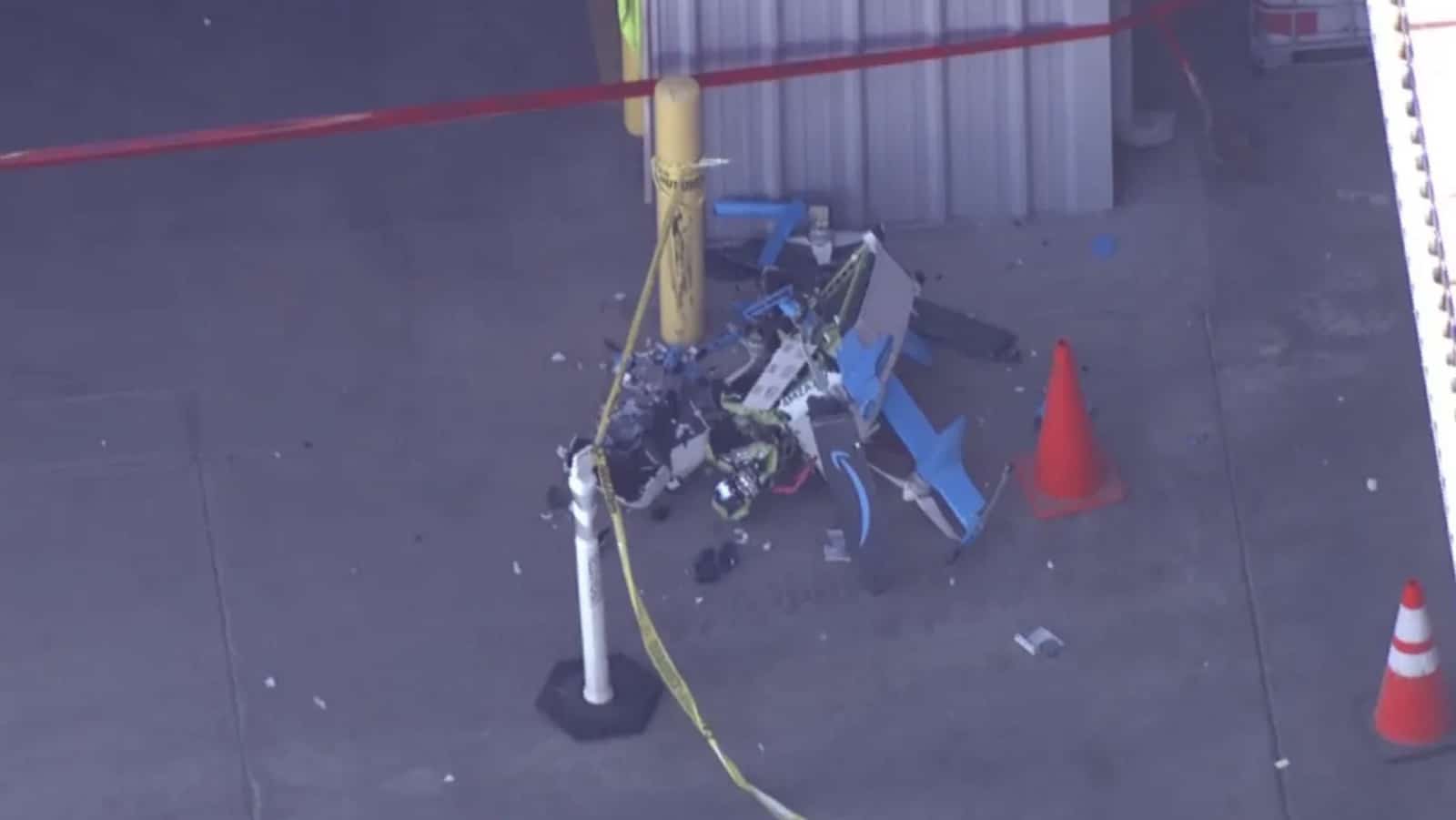
DroneXL’s Take
Pilot Institute’s comment represents one of the most comprehensive industry responses to the Part 108 NPRM, and it raises legitimate concerns that cut to the heart of how BVLOS operations will actually function in the real world. The organization isn’t opposing BVLOS advancement—they’re warning the FAA about unintended consequences that could strangle the industry before it gets off the ground.
The elimination of Part 107 BVLOS waivers is particularly troubling. Thousands of operators have invested in equipment, training, and business models based on the existing waiver framework. Pulling that rug out without a non-autonomous pathway creates a forced march toward full autonomy that many operators simply can’t afford. This isn’t about resisting progress—it’s about recognizing that autonomous and non-autonomous operations serve different missions and risk profiles.
The right-of-way controversy deserves serious reconsideration. Asking manned aircraft pilots to detect and avoid drones at low altitudes reverses a century of aviation safety principles without clear justification. Electronic conspicuity systems and detect-and-avoid technology on drones make far more sense than expecting helicopter pilots in high-workload environments to spot hovering drones that look like birds.
Perhaps most critically, Pilot Institute’s warning about reporting burdens favoring large operators over small businesses should concern anyone who believes competition drives innovation. If compliance costs scale with activity rather than risk, we’ll end up with a drone delivery oligopoly instead of the diverse, competitive market that Part 108 should enable. Canada’s model of manufacturer-consolidated safety reports offers a proven alternative that maintains oversight without drowning operators in paperwork.
The FAA needs to listen carefully to these concerns. Getting Part 108 right matters more than getting it fast.
Your Voice Matters—Comment Today
The comment period for Part 108 closes at 11:59 PM Eastern Time tonight (October 6, 2025). If you’re a commercial drone pilot, operator, or anyone who will be affected by these regulations, this is your last chance to make your voice heard.
Submit your comments directly to the FAA at Regulations.gov under Docket Number FAA-2025-1908. Tell the FAA how these rules will impact your business, your operations, and your ability to compete. Be specific. Be professional. But be heard.
The future of commercial drone operations in America is being decided right now. Don’t let it be shaped without you.
What do you think about Pilot Institute’s concerns regarding Part 108? Will you be submitting comments to the FAA? Share your thoughts in the comments below.
Discover more from DroneXL.co
Subscribe to get the latest posts sent to your email.
Check out our Classic Line of T-Shirts, Polos, Hoodies and more in our new store today!

MAKE YOUR VOICE HEARD
Proposed legislation threatens your ability to use drones for fun, work, and safety. The Drone Advocacy Alliance is fighting to ensure your voice is heard in these critical policy discussions.Join us and tell your elected officials to protect your right to fly.
Get your Part 107 Certificate
Pass the Part 107 test and take to the skies with the Pilot Institute. We have helped thousands of people become airplane and commercial drone pilots. Our courses are designed by industry experts to help you pass FAA tests and achieve your dreams.

Copyright © DroneXL.co 2025. All rights reserved. The content, images, and intellectual property on this website are protected by copyright law. Reproduction or distribution of any material without prior written permission from DroneXL.co is strictly prohibited. For permissions and inquiries, please contact us first. DroneXL.co is a proud partner of the Drone Advocacy Alliance. Be sure to check out DroneXL's sister site, EVXL.co, for all the latest news on electric vehicles.
FTC: DroneXL.co is an Amazon Associate and uses affiliate links that can generate income from qualifying purchases. We do not sell, share, rent out, or spam your email.






